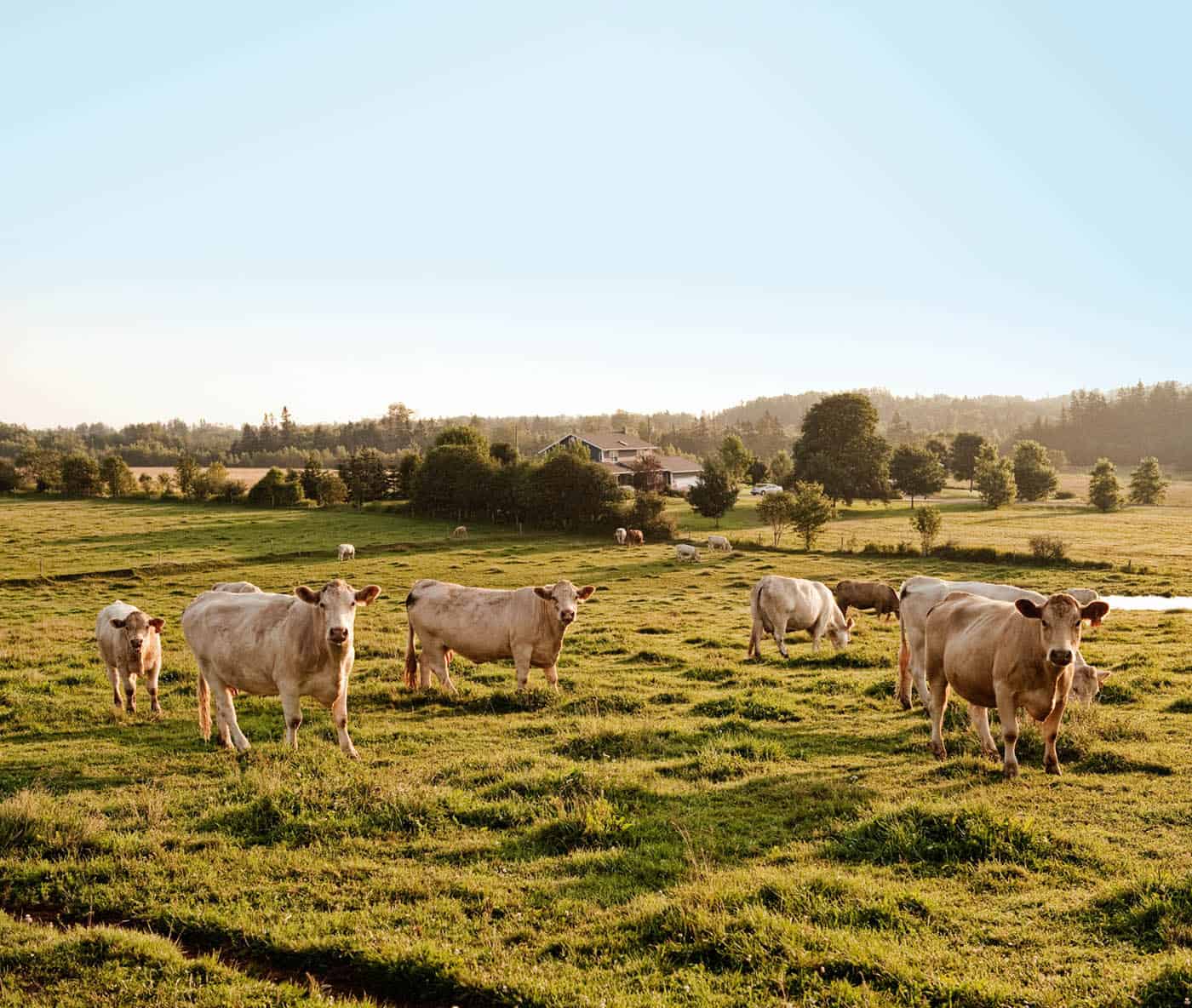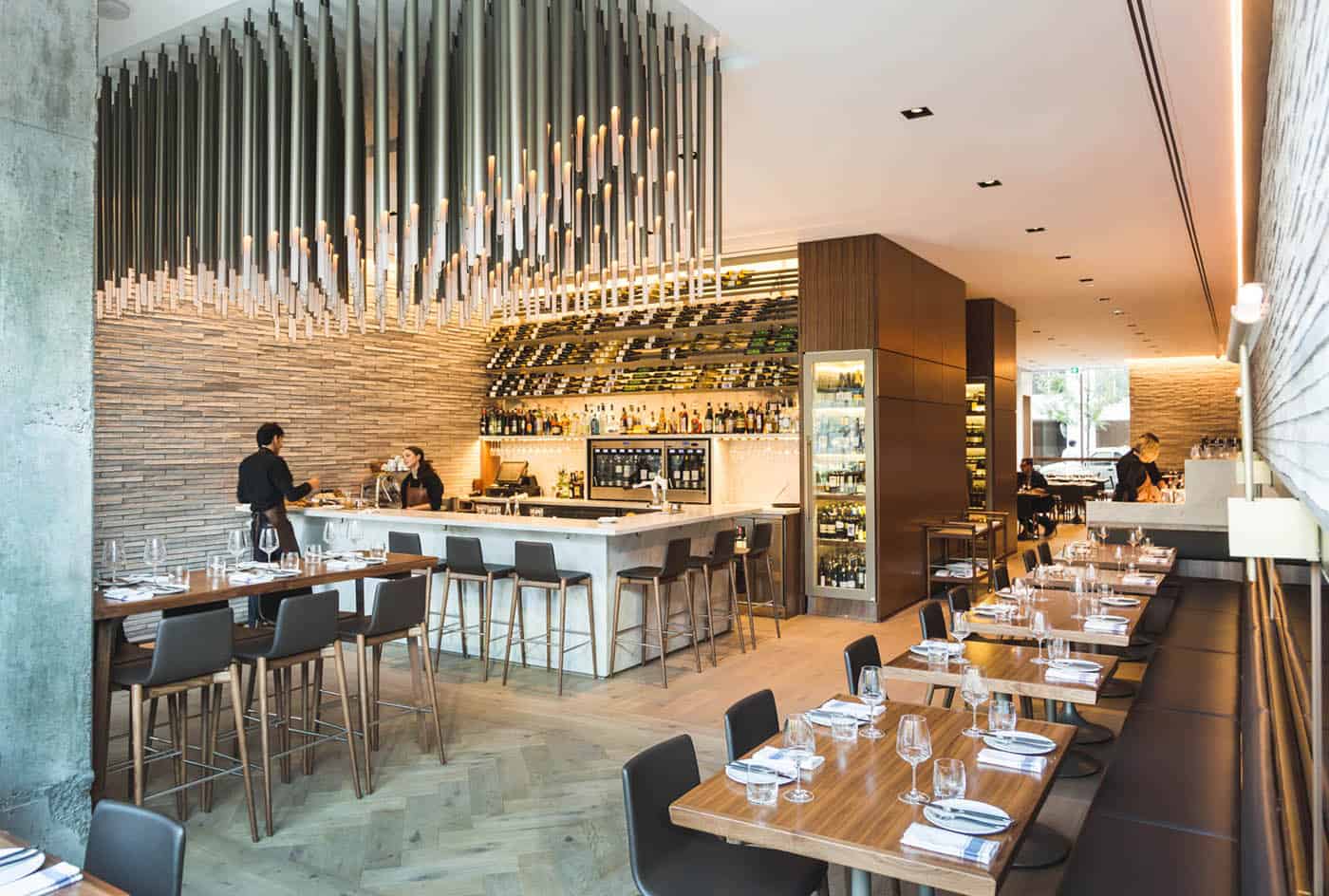
I was the executive chef of Old Montreal’s Parliament Pub & Parlour when the first wave of Covid-19 shuttered Montreal’s bars and restaurants—and left me with an identity crisis.
My first part-time job was at an Italian restaurant in Windsor, where I arrived from Cambodia. Later, I trained under some of the best chefs in Europe, from el Bulli’s Ferran Adrià to Andoni Luis Aduriz at Mugaritz, and even Magnus Nilsson of Fäviken. My first Montreal restaurant, Fieldstone, earned me a Chef of the Year Readers’ Choice award from Eater Montreal. By the start of 2020 I was serving elevated British classics at Parliament Pub & Parlour and was food director for The Coldroom and El Pequeño. Then suddenly in March I had no kitchen to call my own and I couldn’t call myself a chef anymore.
I needed to resuscitate my motivation. I had to find new reasons to cook. And that’s when I started to hear the sounds and smell the aromas of the past—the double tap of my grandmother’s stone pestle striking the mortar and making paste from spices and roots, the spicy smoke of toasting chilies on the fire. I decided to do something I’d never done before and took a deep dive into my culinary DNA.
The concept was simple: set up a ghost kitchen within Parliament Pub & Parlour, serving Cambodian street food curbside. There was nothing like it in Montreal, but I didn’t think that the owners of Parliament would go for it, especially given the anti-Asian attitudes that came with the advent of Covid-19. But they did. I decided to call it Touk, which means “boat” in Khmer. Touk was to be the vessel to carry me through Covid-19 and beyond—on the journey of rediscovering my culinary heritage.

Touk made headlines in the local press, got American coverage too and was even featured in Phnom Penh Post, one of Cambodia’s most important newspapers. When our dining room opened, multiple generations of local Cambodians gathered there, reconnecting over my food.
One night an elderly former refugee grew teary-eyed after taking his first bite of nom banh chok, a yellow curry stew with pounded fish and fresh rice noodles. “My mother used to make it just like this,” he told me.
That’s when I knew I had to do more. Why reduce the Cambodian culinary experience to mere street food? And why limit myself after my exceptional culinary training? I began a dinner series called “Introduction to Cambodian Cuisine,” comprised of four tasting menu “episodes” highlighting seven creative dishes that rely on ancient traditional techniques, but complement them with those that I learned from some of the most innovative chefs in the world. I wanted to show off the robust flavours of Cambodian food with an elegant dance of herbaceousness and acidity. The reception was incredible.
Covid-19 has been an earthquake for my industry. But I know how to channel adversity into reinvention. For me, the pandemic has meant shining a spotlight on my new-found self-awareness as a Cambodian Canadian. My identity crisis is over. —CHANTHY YEN



